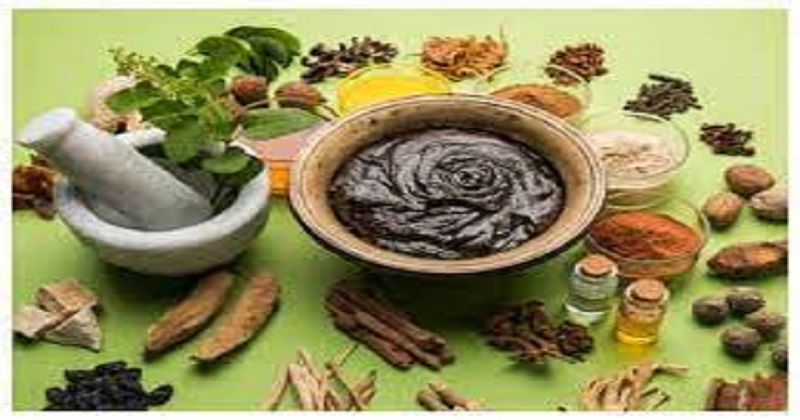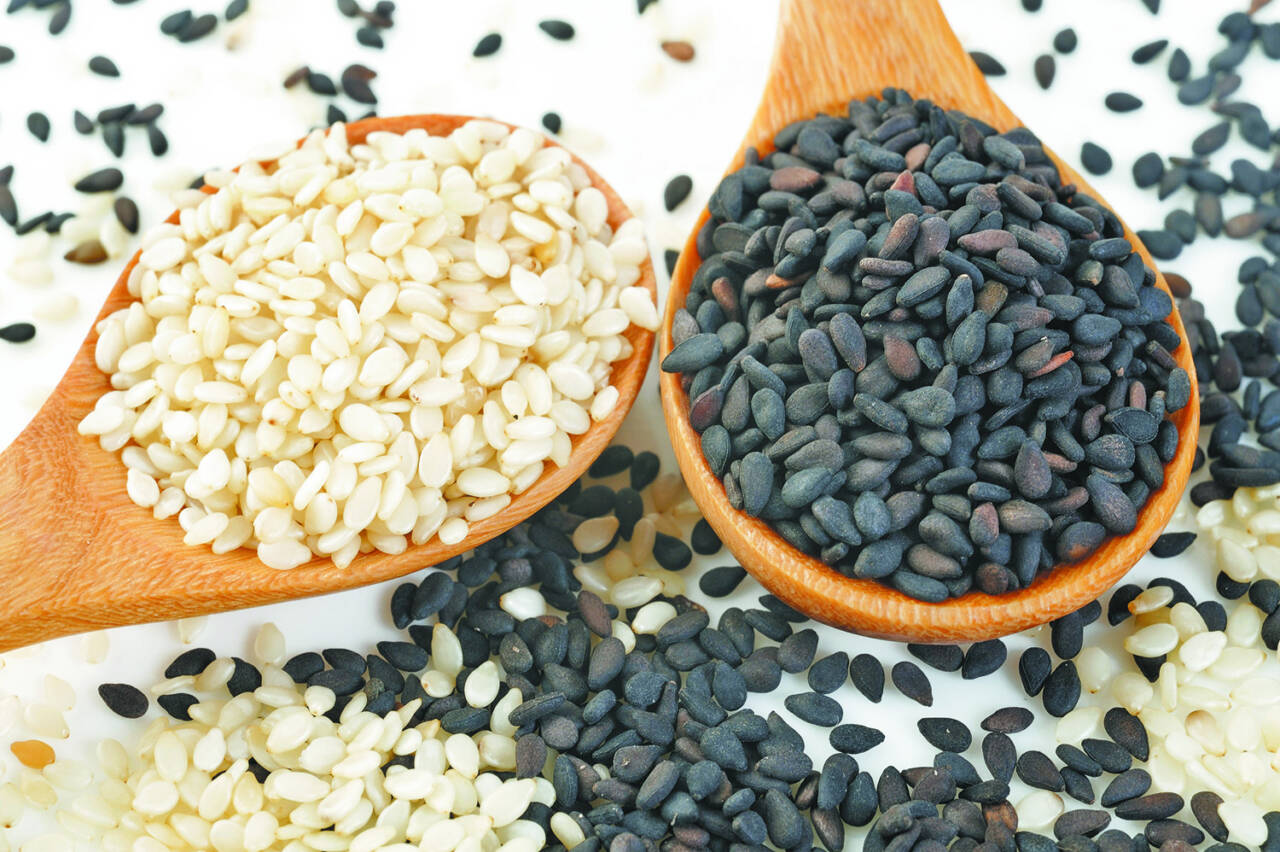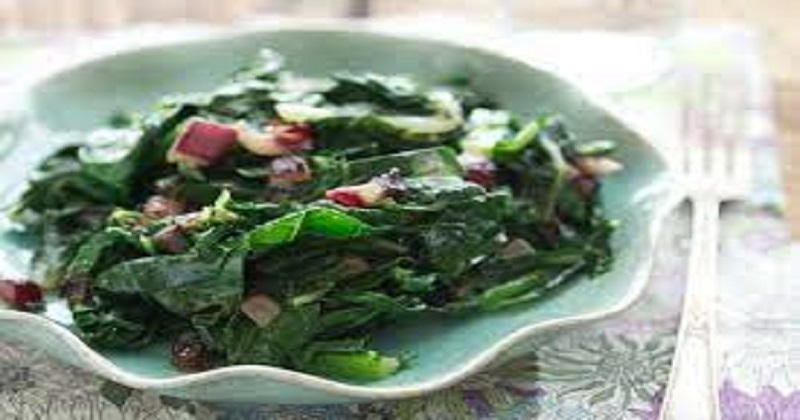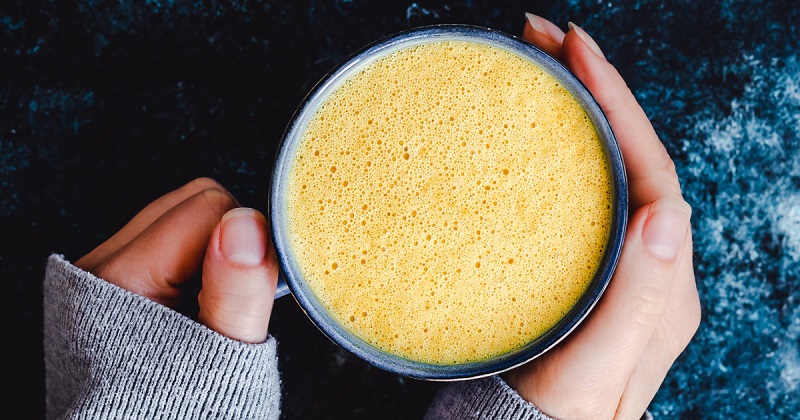
Winter is the perfect time for snuggling with friends and family, eating warm foods that warm you up, but also satiate your soul. We all look forward to comfort food during this time of year. Whether it’s crispy chips, a bowl of hot & sizzling Maggi, or even a warm brownie topped with some chocolate, comfort food can mean a lot of things to different people. Consuming this type of food drains energy and can create imbalances in the body, which can lead to Vata, Pitta, and Kapha doshas.
Rithucharya, or the seasonal regimen integral to Ayurveda, suggests that Vata and Kapha imbalances are more common from early winter until late winter. In balance, Kapha aids in lubricating joints, building immunity, and softening the skin, and in excess, it can cause mucus-related illnesses, weight gain, dullness, and even negative emotions. In contrast, if your Vata dosha is aggravated, you may experience indigestion and joint pains.

Ritucharya diet: what is it?
The Ayurvedic concept of ritucharya refers to rules or regimens that change according to the season, according to a study published in the International Quarterly Journal of Research in Ayurveda. During winters, these rules describe what foods we should eat to pacify the doshas and make us feel warm. In line with these rules, one must eat foods such as gud, khichadi with ghee, warm golden milk, sesame seeds, sugarcane products, soaked nuts, like almonds, walnuts, and chicken soup as well as green tea brewed with herbs such as basil, lemongrass, and ginger. Foods from each of these categories have their own benefits and must be consumed during this time. Listed below are all the types of food that are beneficial in the Ritucharya diet.

Jaggery (gud)
Made from sugarcane, jaggery creates heat inside the body and purifies it of pollutants. In addition to boosting your immunity, this food can also help make digestive enzymes more effective. Thus, this food must be a part of one’s winter diet.

Ghee-topped khichdi
In Indian cuisine for centuries, it has been regarded as a superfood that boosts immunity. In addition, those who are not in good health are advised to eat this superfood with some cow ghee. Combining rice & lentils with veggies provides the human body with essential amino acids as well as makes the dish protein-rich.

Sesame seeds (til)
Sesame seeds are naturally warm and full of healthy fats. Copper, iron, zinc, and various vitamins are found in these seeds. Seeds such as these help you build strong immunity as well as keep the winter flu at bay. In fact, til laddu and til chikki are two of the most popular desserts prepared in the winter because sesame seeds are used in them.

Leafy green vegetables with ghee
Colds and flus are more likely to occur this time of year, so it’s wise to take extra precautions. Therefore, one should have green leafy vegetables like palak, Sarson, Chaulai, methi leaves, and bathua in winters, but with some cow ghee. Combining the two will boost your immunity, provide enough warmth, and keep you satisfied.

Golden milk
Call it golden milk or turmeric milk, it provides you with the much-required warmth in the winter season. It is also suggested to drink this milk at bedtime to get relief from stiff joints, indigestion, winter sinuses and even the seasonal cold & cough.

Chicken soup
Chicken soup is one of the most comforting foods to have during the winter for its ultimate comfort and warmth. In the preparation of this soup, all kinds of spices are used, which generate heat in the body and enhance warmth.

Green herbal tea
As winter approaches, we all look forward to hot drinks to stay warm and comfort ourselves. Think about drinking herbal green tea that is made with basil, ginger, and lemongrass. It will provide you with instant relief from the chilly winter while boosting your immunity as well. You can drink this hot beverage twice a day.

Post Your Comments